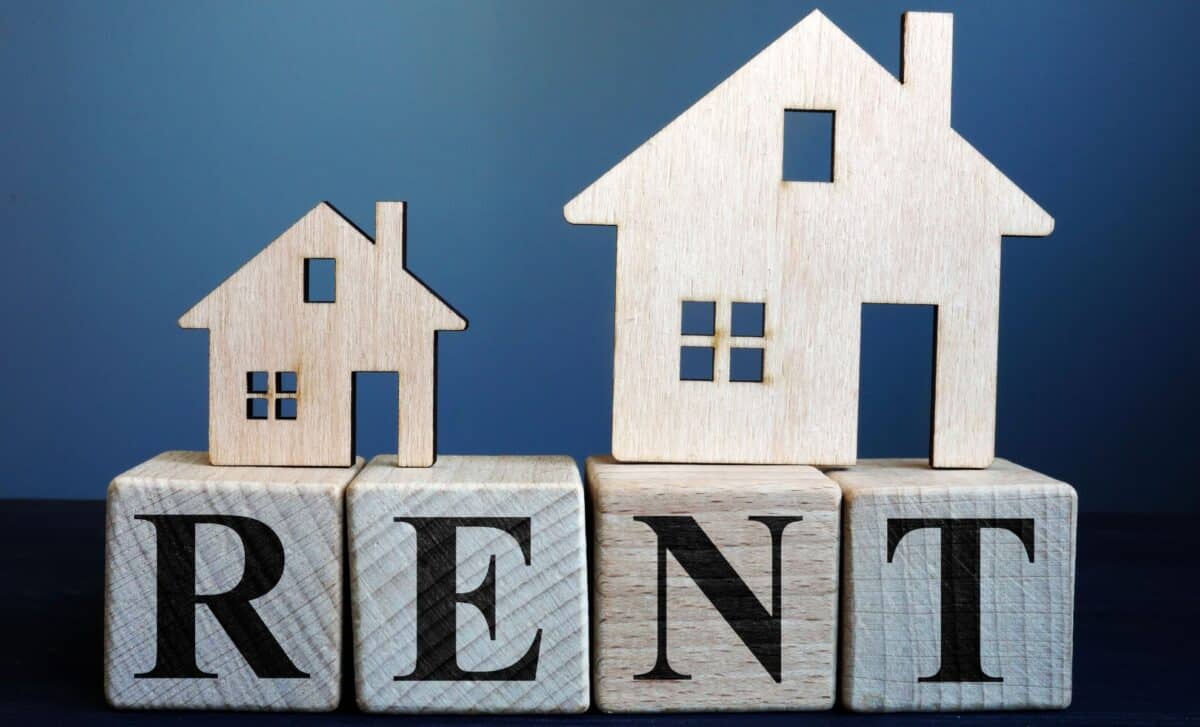England’s rental market has reached a critical point, with new research revealing that only a small fraction of properties remain accessible to those reliant on housing benefit.
As rent prices soar and benefit levels remain static, low-income households are increasingly struggling to secure adequate accommodation in the private sector.
This widening gap between support and rental costs is not only threatening housing security for millions but is also placing mounting pressure on local authorities and public health services.
With homelessness rising and more families being pushed into unsuitable living conditions, the issue is becoming a defining challenge for both social policy and public infrastructure.
Growing Mismatch Between Rents and Support
A joint study by Crisis and Health Equals has found that only 2.5% of private rented homes in England were affordable to people receiving housing benefit between April and October 2024.
The report highlights a dramatic fall in affordability from 12% in 2021–22, underscoring the rapid pace of rent inflation across the private rental market.
According to the charities, the benefit—designed to cover the lowest 30% of local market rents—has failed to keep up with the real cost of renting.
Over the past decade, average rents have risen by 45%, while support levels have remained static for much of that period. From 1 April 2025, housing benefit rates will be frozen again until 2026, affecting an estimated 5.7 million low-income households.
The average monthly shortfall between housing benefit and rent was found to be £337 for a one-bedroom property, £326 for a two-bedroom, and £486 for a three-bedroom home. As a result, thousands of households are forced to divert funds from essentials such as food and energy bills to cover their housing costs.
Matt Downie, Chief Executive of Crisis, described the policy freeze as a “real-terms cut,” warning that it risks pushing more people into rough sleeping and unsuitable temporary housing. “We are currently nowhere near covering the bottom third of rents,” he said.
Strain on Councils and Growing Health Costs
The social impact of unaffordable housing is being felt beyond those directly affected, with local authorities facing rising demand for emergency accommodation.
As of early 2025, over 126,000 households in England were living in temporary housing—an all-time high. This figure includes more than 164,000 children.
In the financial year 2023–24, councils spent approximately £2.3 billion on temporary housing solutions, a figure likely to rise as the affordability gap widens.
According to Health Equals, the wider public health cost of substandard housing, including cold and damp conditions, is estimated at £1.4 billion annually for the NHS.
Paul McDonald, the organisation’s Chief Campaigns Officer, emphasised the link between poor housing and declining health outcomes.
“In the UK thousands of lives are already being cut short by up to 16 years by factors like poor quality and unaffordable housing.” he stated.
In response, a government spokesperson said that £2 billion has been allocated to build 18,000 affordable and social homes. The government also highlighted reforms under its Renters’ Rights Bill, which aims to curb exploitative rent increases and improve tenant protections.









